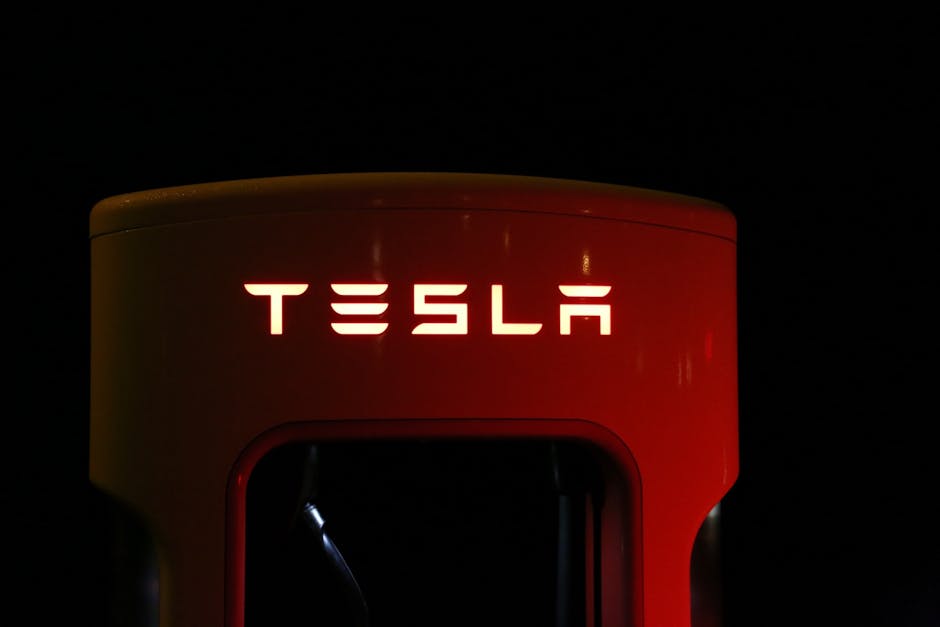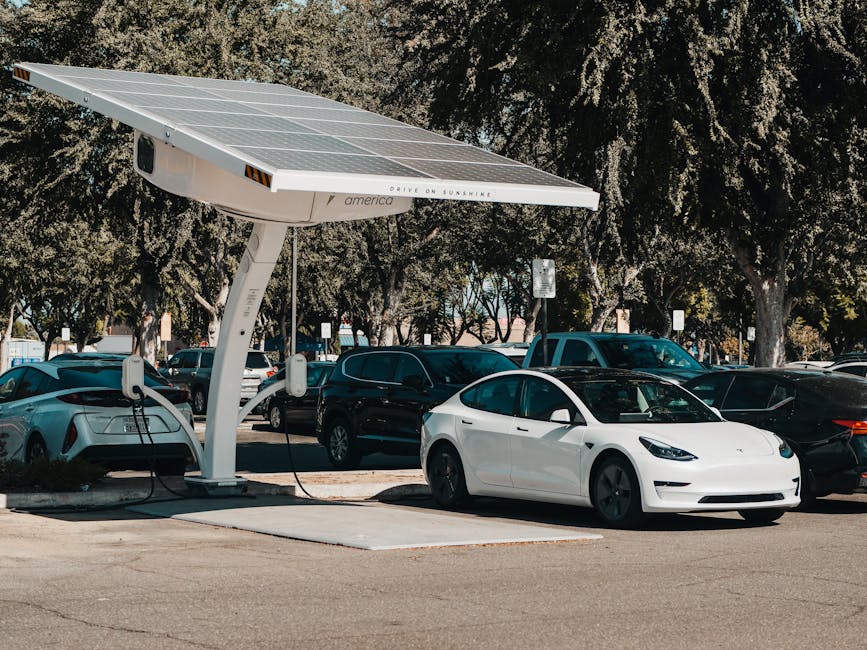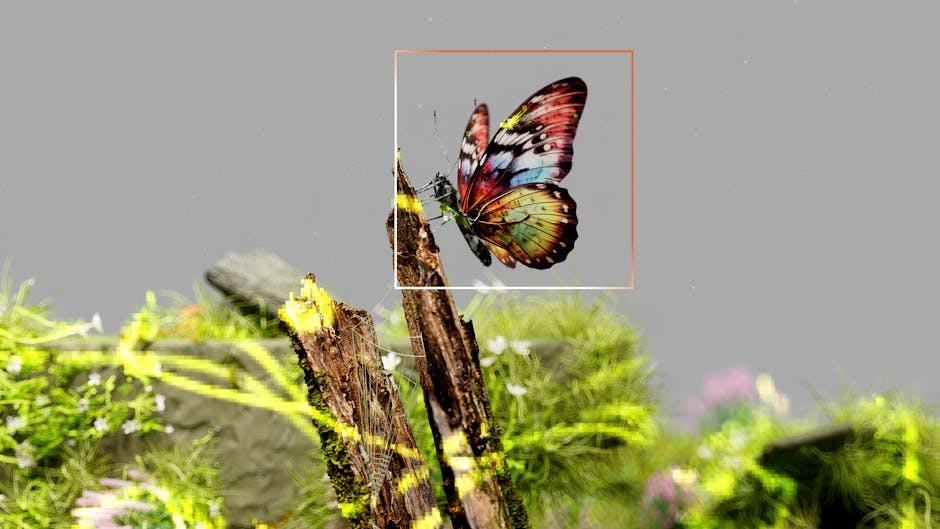How Urban Wildlife Shapes Future EV Infrastructure Design
In the evolving landscape of electric vehicles (EVs), a surprising player is stepping into the spotlight: urban wildlife. As we push towards greener transportation solutions, understanding the coexistence of wildlife and future EV infrastructure is essential. This exploration isn't merely for environmental enthusiasts; it is a critical discussion point for city planners, automakers, and everyday eco-conscious consumers alike. Let’s dive into how urban wildlife influences the growing EV infrastructure, the balance between nature and technology, and strategies for designing environmentally friendly urban settings.
Understanding Urban Wildlife and Its Impact

Urban environments are often seen as concrete jungles devoid of nature. However, wildlife has a remarkable ability to adapt, making the coexistence of animals like birds, raccoons, and even squirrels a vital aspect of modern city life. Unfortunately, the rapid expansion of infrastructure, including electric vehicle charging stations and smart roads, often conflicts with the natural habitats of these creatures.
To create a fostered environment where both urban wildlife and EV technologies can flourish, it’s crucial to recognize the relationship between them. A study conducted by the Wildlife Conservation Society shows that urban areas provide essential habitats for various species, contributing to biodiversity. By acknowledging this dynamic, developers can influence how infrastructure is designed, ensuring that both human transportation needs and wildlife conservation are considered.
For an in-depth exploration about the relationship between sustainable design trends and urban wildlife, check out this article on urban green spaces.
Integrating Eco-Friendly Design in EV Infrastructure

The challenge is not just about coexistence; it’s also about how we design our urban spaces. The rise of electric vehicles offers a pivotal opportunity to rethink how streets, parking lots, and charging stations can be symbiotically designed with nature in mind. Here are various innovative strategies to achieve this:
Emphasizing Permeable Surfaces

Urban wildlife frequently suffers due to habitat fragmentation caused by concrete and asphalt. Implementing permeable paving materials allows for the movement of water and nutrients while providing wildlife passageways. Such materials can be incorporated not only in parking areas for EVs but also along charging station access routes, easing wildlife movements between habitats fragmented by urbanization.
Investing in Green Infrastructure

Incorporating trees, vegetation, and green roofs into EV infrastructure can significantly mitigate the environmental impact of urban development. Green roofs on charging stations can attract pollinators and provide refuge for birds, effectively integrating nature into the design. This eco-approach can create a more inviting atmosphere for urban dwellers and influence them positively toward adopting electric vehicle technologies.
Designing Wildlife-Friendly Charging Stations

Charging stations can be designed with landscaping that screens buildings while providing habitats. This consideration not only offers wildlife protection but also appeals to consumers who increasingly seek eco-friendly businesses. A well-designed facility attracts species, serving as an educational platform where users can learn about local wildlife and conservation initiatives.
Collaborating with Local Ecologists

Working hand-in-hand with wildlife ecologists can yield invaluable insights into animal behavior and habitat needs. For example, understanding the migration routes of local birds can guide the placement of charging stations or new roadways, reducing potential disruptions. Urban planners leveraging this expertise can create designs that promote biodiversity alongside technological progress.
The Role of Technology in Bridging the Gap

The integration of technology in the EV landscape can complement ecological considerations. Here’s how advancing tech can aid in creating harmonious environments for urban wildlife.
Smart EV Infrastructure

Smart infrastructures, equipped with sensors and intelligent design, can enhance the interaction between wildlife and humanity. For instance, intelligent systems can monitor traffic flow and wildlife movements, adjusting both vehicular pathways and charging station placements in real-time to minimize disturbing local habitats.
Promoting Digital Wildlife Crossings

Imagine digital signs indicating wildlife crossings or alerts prompting drivers to slow down in areas with high animal activity. This concept, currently being piloted in several smart cities, merges technology and wildlife preservation, further creating safer environments for both animals and drivers.
Artificial Intelligence in Urban Planning

AI models can simulate the interactions between urban development and wildlife populations. These simulations allow city planners to validate their infrastructural choices, ensuring that both urban convenience and environmental concerns are balanced effectively. This intelligent approach can help fulfill community desires for sustainable development, minimizing adverse effects on local fauna.
The Future: A Unified Approach
As we look ahead, it’s clear that incorporating urban wildlife perspectives into EV infrastructure design is not merely an ethical consideration but a practical necessity. Cities can transform from mere urban sprawls into thriving ecosystems where both human and animal communities flourish side by side.
Engaging Community Initiatives
Community engagement plays a significant role in fostering this relationship. Local workshops and forums allow residents to voice their needs while also learning about the impacts of their decisions on surrounding wildlife. These grassroots movements create a robust feedback loop that directs urban planning efforts toward more successful outcomes.
Educational Campaigns
By fostering awareness about the importance of urban wildlife, educational campaigns can cultivate a more informed populace. Park programs emphasizing wildlife preservation, the benefits of green infrastructure, and the role of electric vehicles can encourage a community-wide commitment to integrating wildlife-conscious principles into future developments.
Final Thoughts: Building a Sustainable Tomorrow
The future of EV infrastructure is not just about creating efficient transportation paths but also about nurturing the delicate balance between urban development and wildlife conservation. By embracing eco-friendly designs, technology, and community involvement, we can pave the way for urban areas that genuinely accommodate both residents and wildlife.
As we step forward into this evolving landscape, it’s vital to remember that our choices shape the future environment we inhabit. Consider advocating for sustainable designs in your community, explore local EV infrastructure growth, and stay informed about how urban wildlife can coexist with advanced transportation technologies. Together, we can rewrite urbanity’s narrative, fostering both innovation and the preservation of our natural heritage.
For more insights on how electric vehicles interact with urban spaces, check out this article on electric vehicles and urban green spaces.
:
Explore how urban wildlife is reshaping EV infrastructure design in cities. Discover eco-friendly strategies and tech integration for a sustainable future.



